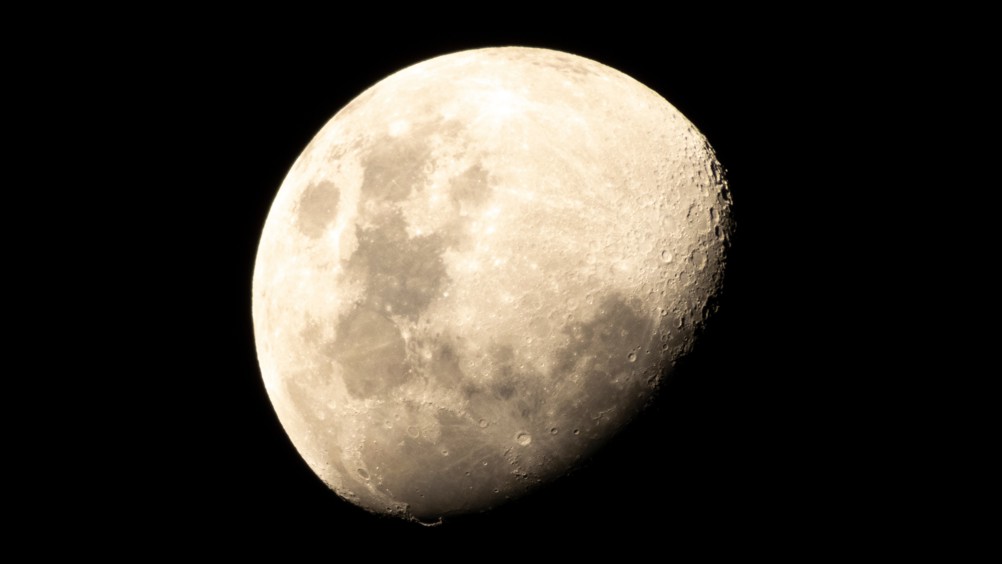India makes first soft moon landing with Chandrayaan-3
India’s Chandrayaan-3 has fulfilled the first of three mission objectives by making a successful soft-landing on the Moon.

The spacecraft touched down today (August 23, 2023) after separating from its propulsion module on August 17.
“India is now on the moon,” said the country’s prime minister Narendra Modi from a BRICS summit in South Africa. “India has reached the south pole of the moon - no other country has achieved that. We are witnessing history.”
Chandrayaan-3’s six-wheeled, 26kg rover will disembark and carry out experiments, which fulfil the second and third mission objectives.
To this end, the rover has been outfitted with APXS (Alpha Particle X-ray Spectrometer) and LIBS (Laser Induced Breakdown Spectroscope). ISRO (Indian Space Research Organisation) said that these will derive ‘the elemental composition in the vicinity of landing site.’
The lander’s instruments include ChaSTE (Chandra’s Surface Thermophysical Experiment) to measure the thermal conductivity and temperature; ILSA (Instrument for Lunar Seismic Activity) for measuring the seismicity around the landing site; and LP (Langmuir Probe) to estimate the plasma density and its variations. ISRO added that the payload includes a passive Laser Retroreflector Array from NASA for lunar laser ranging studies.
Register now to continue reading
Thanks for visiting The Engineer. You’ve now reached your monthly limit of news stories. Register for free to unlock unlimited access to all of our news coverage, as well as premium content including opinion, in-depth features and special reports.
Benefits of registering
-
In-depth insights and coverage of key emerging trends
-
Unrestricted access to special reports throughout the year
-
Daily technology news delivered straight to your inbox










Water Sector Talent Exodus Could Cripple The Sector
Maybe if things are essential for the running of a country and we want to pay a fair price we should be running these utilities on a not for profit...